Top 10 novels set in villages
Top 10 novels set in villageson Mar 26, 2021
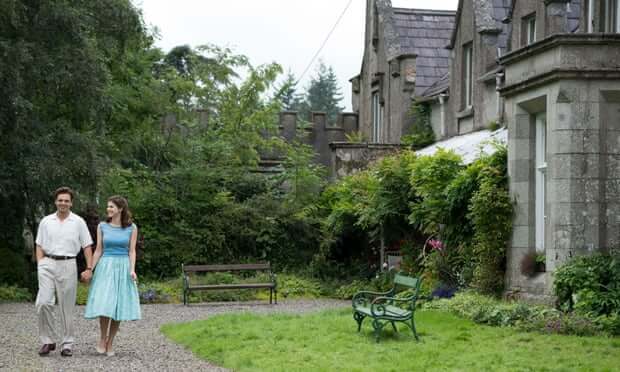
What comes to mind when you think of a village, no matter where in the world it’s located? Perhaps a place where everyone knows everyone else’s business? A place that is small enough to let an eccentric or two stand out, insular enough for outsiders to be noticed and not necessarily welcomed. A place that has its own customs and rituals and pecking order. Or one with a strong and positive sense of community?
The two main characters in my fourth novel, Unsettled Ground, who live close to the fictional village of Inkbourne in Wiltshire, might fit into the oddball category, though they don’t see themselves that way. At age 51, they still live with their mother in a dilapidated cottage and suspect that they are often the subject of village gossip. When I reached the end of the first draft, I realized I wanted to explore how the village reacts when one of their own is brought low. Which of their neighbours will exploit them and which will come to their assistance?
The best novels with a village at their heart will play with our assumptions about village life and not make even the most gossipy old woman a cliche. Here are some of my favourites.
1. Things Fall Apart by Chinua Achebe
Achebe writes his characters, no matter how reprehensible, without judgment – letting the reader decide. Though really there is no decision to make: Okonkwo, the greatest wrestler across nine villages in Nigeria in the 1890s, is a man who regularly mistreats his wives and children, but when a white man comes on a bicycle and many more follow, they are even more brutal. Though the women in this novel are not the main characters, their daily duties, together with the village rituals, will keep you captivated.
Read Also - Journalist And Writer Anil Dharker, Who Founded Mumbai Lit Fest, Dies Conference “Subject Week: Traditions, Innovations, Competencies” Middle schoolers use comic strips to share their pandemic stories2. Who Was Changed and Who Was Dead by Barbara Comyns
This weird and uncomfortable novel starts with a flood where the ducks come swimming in through drawing-room windows of the Willoweed family’s house. And so it continues with everything slightly off-balance. This English village in 1911 is full of eccentrics, many of whom are going mad from a strange epidemic. Like the rest of Comyns’ novels, it has a brilliantly naive voice and plenty of black humour.
3. One Moonlit Night by Caradog Prichard (Un Nos Ola Leuad, translated by Philip Mitchell)
This is Welsh village life with all its death, desertion, gossip, madness and joy. Lyrical and sometimes mystical, its unnamed narrator goes out one moonlit night and remembers his past. He faces terrible losses, and he eats many slices of bread and butter. The book is full of wonderful names: Bob Milk Cart, Little Owen the Coal, and the oxymoronic Mrs Jones the New Policeman. The end is shadowy and shocking. This is one of the best novels you might never have heard of.
4. Lanny by Max Porter
Porter takes those village voices and plays with them. He doesn’t just have them speak in broken sentences, but he messes with them on the page, creating an overlapping chorus. Set in a contemporary English village, we see that not much has changed: there’s still madness and joy, superstition, and mystery. Though Porter is loose with his rhythm and structure, at this novel’s centre there is an utterly propulsive story of a child’s disappearance and a village’s reaction.
5. Murder at the Vicarage by Agatha Christie
While this is the first Miss Marple novel, the investigation of the murder is actually led by the vicar. There’s lots of English village life from the 1920s to enjoy (or be horrified by): “the poor”, “the village cats” (old gossiping women), and tennis-playing girls. Of course, it is the witty spinster who declares that there are seven suspects in St Mary Mead, and who solves the crime while the vicar and the police lag several steps behind.
6. We Have Always Lived in the Castle by Shirley Jackson
Merricat, the narrator of this deliciously disturbing novel, might be one of the biggest village oddballs in fiction. She lives with her agoraphobic sister and uncle in a large house, after the rest of their family have been murdered. From inside Merricat’s head we are shocked by the villagers’ cruelty, aghast when the village children sing nasty rhymes, and terrified when the villagers arrive in a frenzied mob at the sisters’ house. These are villagers at their darkest and because we can’t look away, Jackson makes us culpable. It’s disturbing and gothic and wonderful.
7. Galore by Michael Crummey
In the early 1700s, a whale is washed ashore on a Newfoundland beach, and the local villagers cut it up for food and oil. When they slit the belly open, a man slithers out. Mute, pale, and forever stinking of fish (presumably suffering from trimethylaminuria), Judah starts this saga that spans two centuries of hard life. There are so many children, grandchildren, marriages and houses that it is best to let it wash over you in a wonderful jumble and enjoy the sweeping story, only stopping to focus on strange details like the drunkard who keeps a goat in her house for company, a chick born with four legs, and babies who are passed through the branches of a particular tree.
8. The Western Wind by Samantha Harvey
This is a mystery set in the village of Oakham in Somerset in the 15th century. The village priest, John Reve, is tasked by the Dean to investigate how a man fell into the local river – a river that this village is too humble to even manage to build a bridge over. One by one, we meet the villagers as they come to Reve for confession, and the novel cleverly moves back in time over the previous four days. Reve is a fascinating man, full of contradictory characteristics that make him very real.
9. Harvest by Jim Crace
Most likely set in a similar period to The Western Wind, Harvest somehow manages to be timeless. It’s the week following the harvest and this unnamed feudal English village continues to follow its centuries-old rites and rhythms. But two columns of smoke are seen, and when three strangers appear, it is clear that change is coming. The story is narrated by outsider, Walter Thirsk, which gives us an interesting perspective on village life. There are immersive and evocative descriptions of nature, and a plot that surprises.
10. Euphoria by Lily King
Three anthropologists meet by chance and spend time together studying native tribes in New Guinea. While professionally they come up with “the grid” as a way of explaining cultures and people, personally they create havoc – not only among the Tam, an artistic and female-led tribe, but also among themselves. Nell is inspired by the anthropologist Margaret Mead, and though her methods of study might be outdated now, it is fascinating to see the effect she and the others have on the villagers they purport to only be observing.
source: theguardian.com


.jpg)






.jpg)

.jpg)
.jpg)

.jpg)
.jpg)
.jpg)



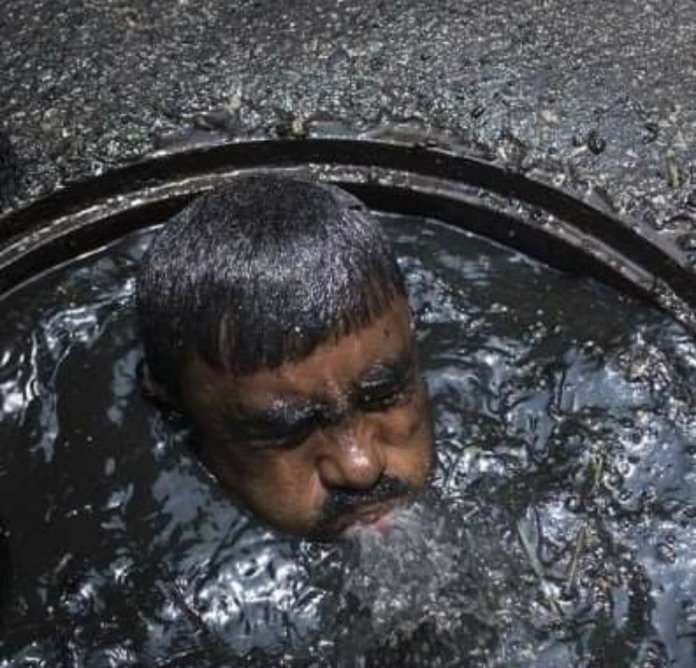

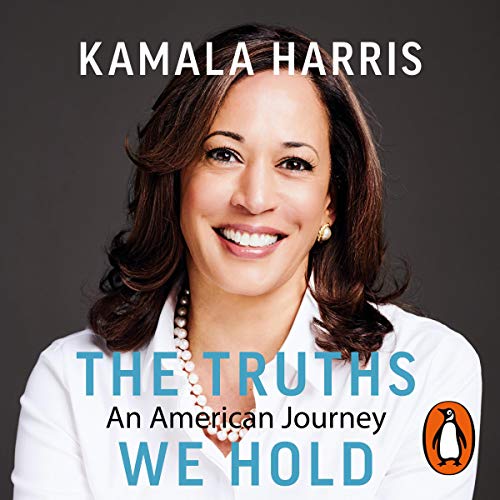
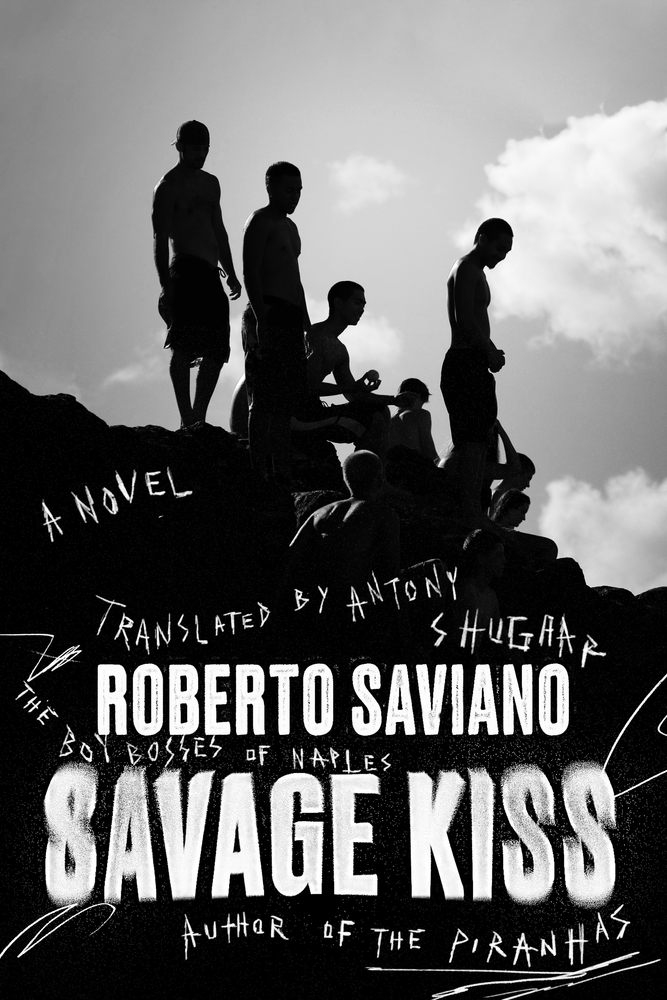
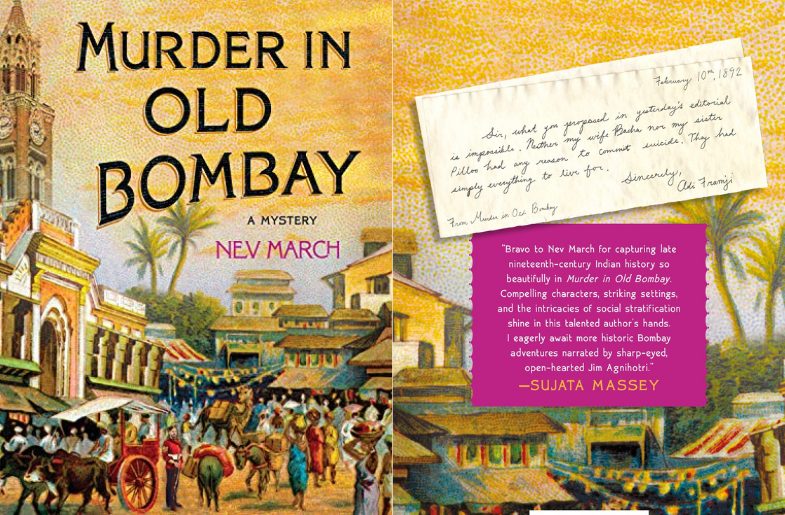


Sorry! No comment found for this post.